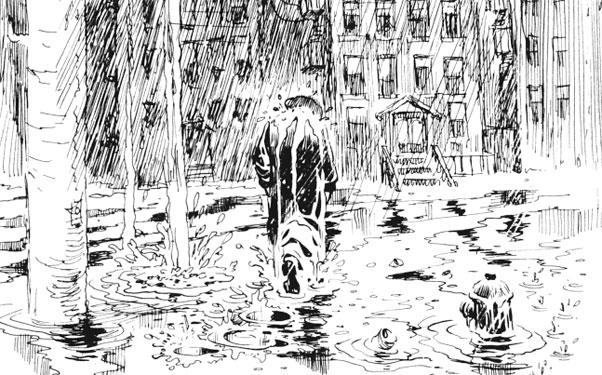
Contenu de la formation : Late 19th century and early 20th century north American literature, like modernist literature worldwide, was particularly concerned with seeing. This concern emerged from significant changes in people’s access to images and image-making devices either in print or on film in complex ways that helped shape the literature of the new century. However, instead of a general rallying around a new paradigm, the key feature of this “visual turn” was fragmentation. In fact, the construction of the new visual space of the early 20th century required artists and writers to address first issues of polyphony, juxtaposition, and an overall scattering of viewpoints at oblique angles. Chief among those was the question of montage, or composition, based on a set of disparate or discrepant, noncontiguous series or sections. Such divisions are immediately apparent in modernist writing, alongside other types of fragmentation, between the formal dimension of the work and its social and political aspects; between itemized details and larger ideological frameworks; between what can be seen and what remains hidden. This class will offer a short, yet hopefully in-depth panorama of some of these issues by looking at some of the following works: Jacob Riis, How the Other Half Lives (1901), edited by Hasia R. Diner. NY: W.W. Norton, 2009. Gertrude Stein. Three Lives and Q.E.D. (1909,1950), edited by Marianne DeKoven. NY: W.W. Norton, 2006. Ernest Hemingway. In Our Time (1925) edited by J. Gerald Kennedy. NY: W.W. Norton, 2022. Claude McKay. Harlem Shadows (1922). Introduction by Jericho Brown. London: Penguin, 2022. Claude McKay. Banjo. A Story Without a Plot (1929). NY: Harper & Brothers Publishers, 1929. William Faulkner. As I Lay Dying (1930), edited by Michael Gorra. NY: W.W. Norton, 2022 (2nd edition). Will Eisner. A Contract with God and Other Stories of Dropsie Avenue (1978-2000), edited by Jared Gardner. NY: W.W. Norton, 2022 (2nd edition). Norton Critical Editions are recommended whenever available but note that many of the above are now in the public domain and thus readily available online, as well as through other publishers. Printouts of specific excerpts will be provided as well as other samples via the Moodle page for the class. |
- Διδάσκων: Xavier Kalck